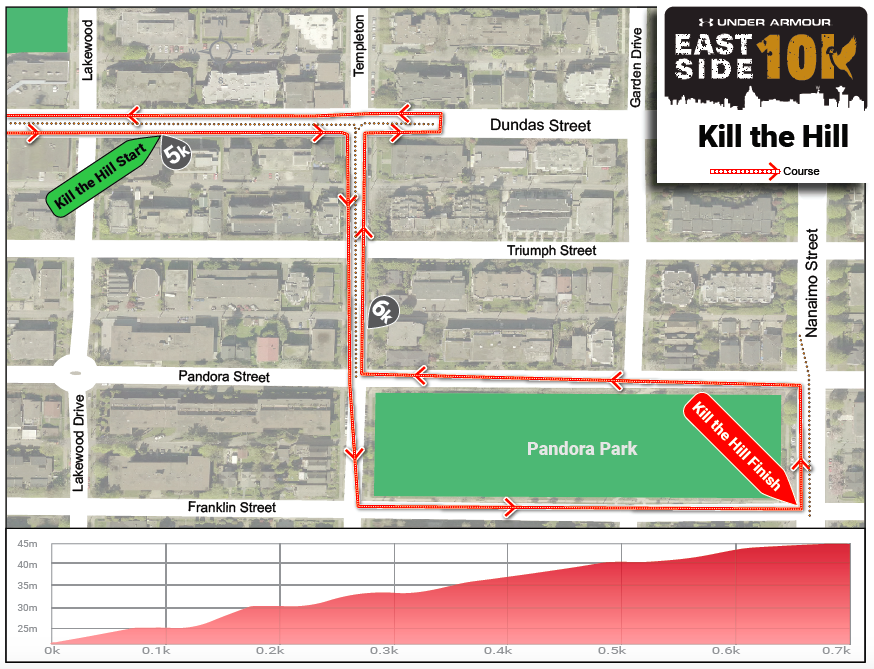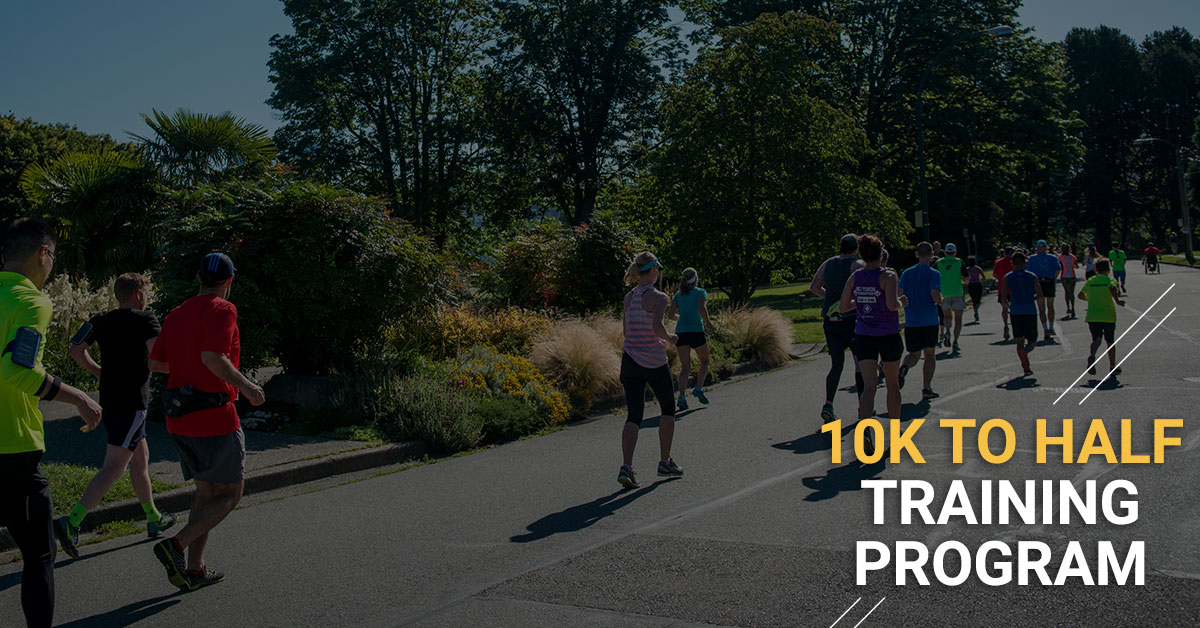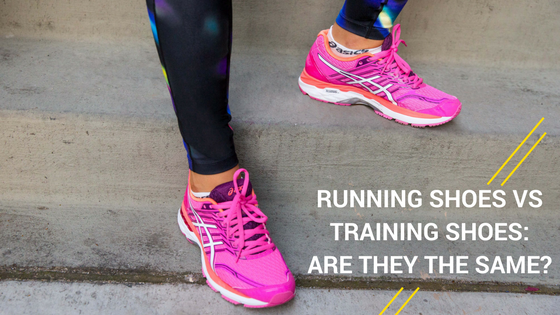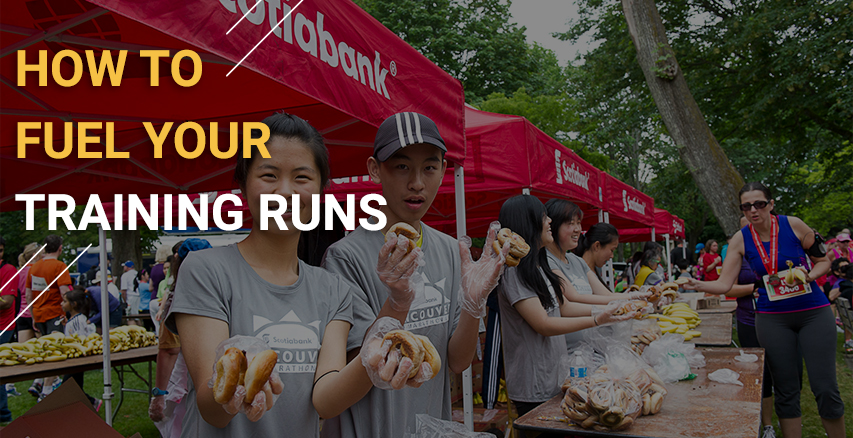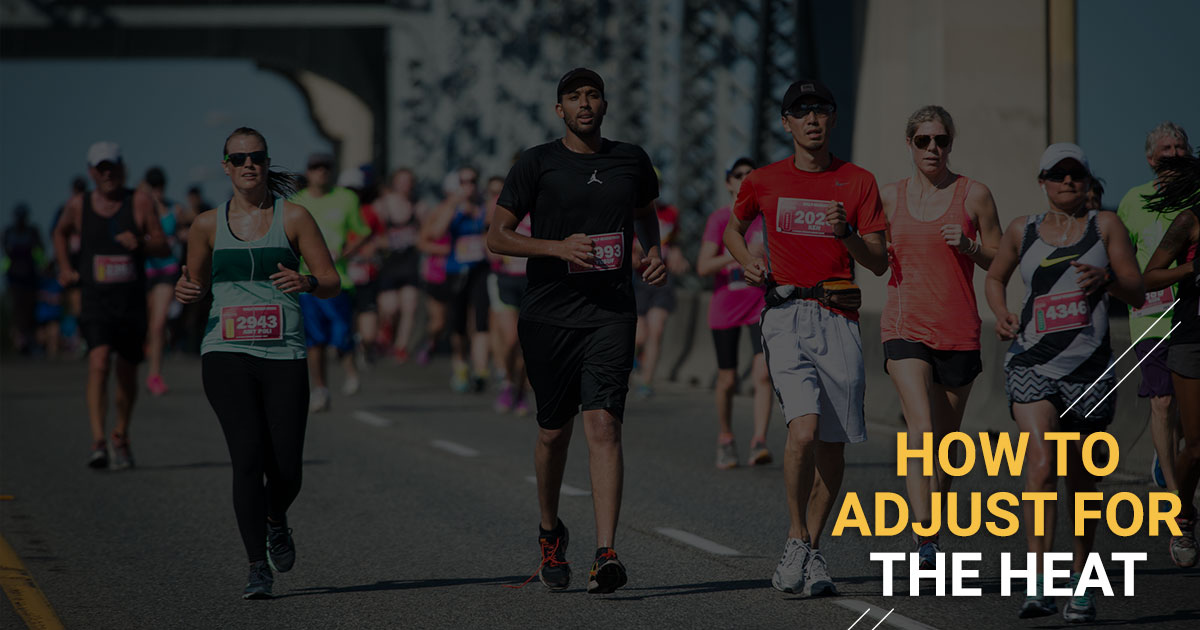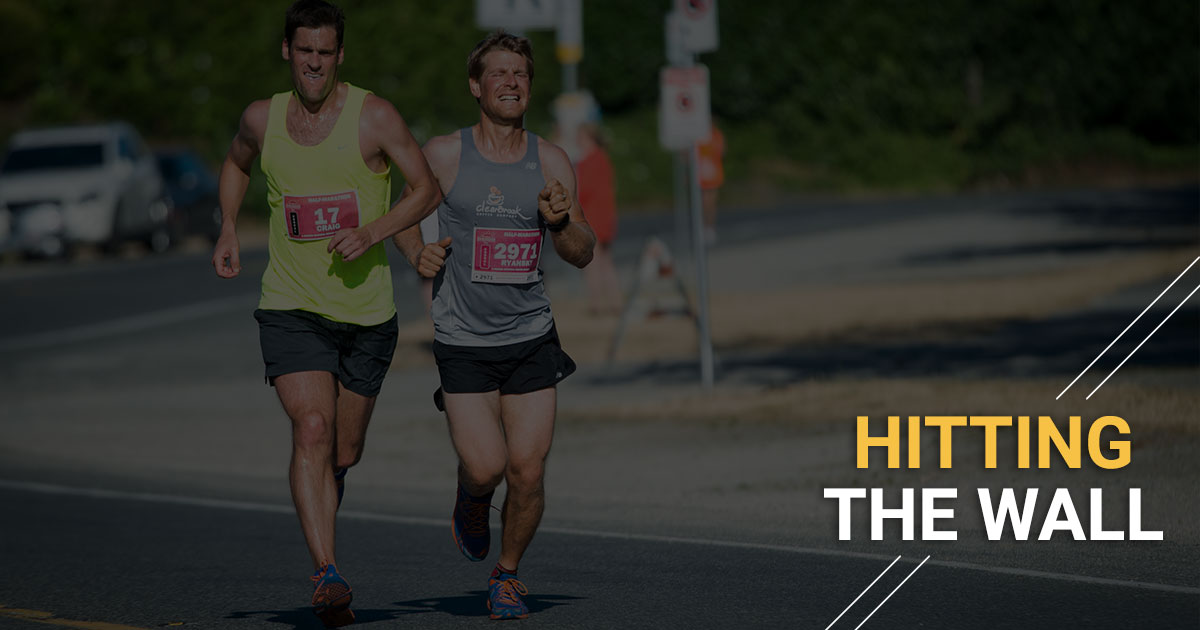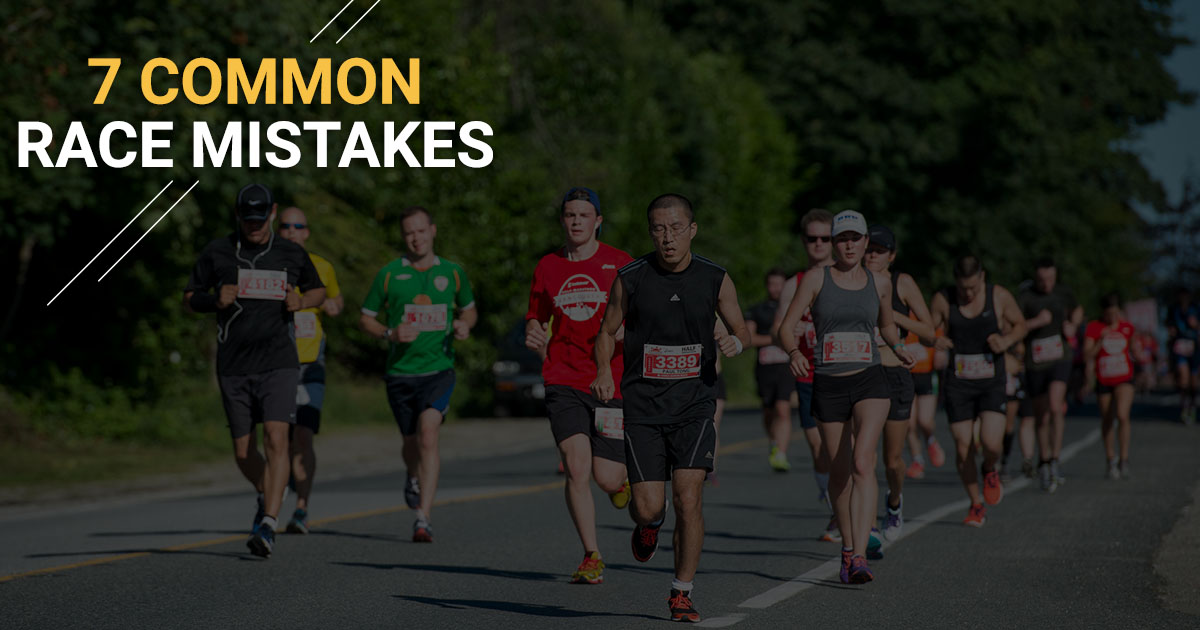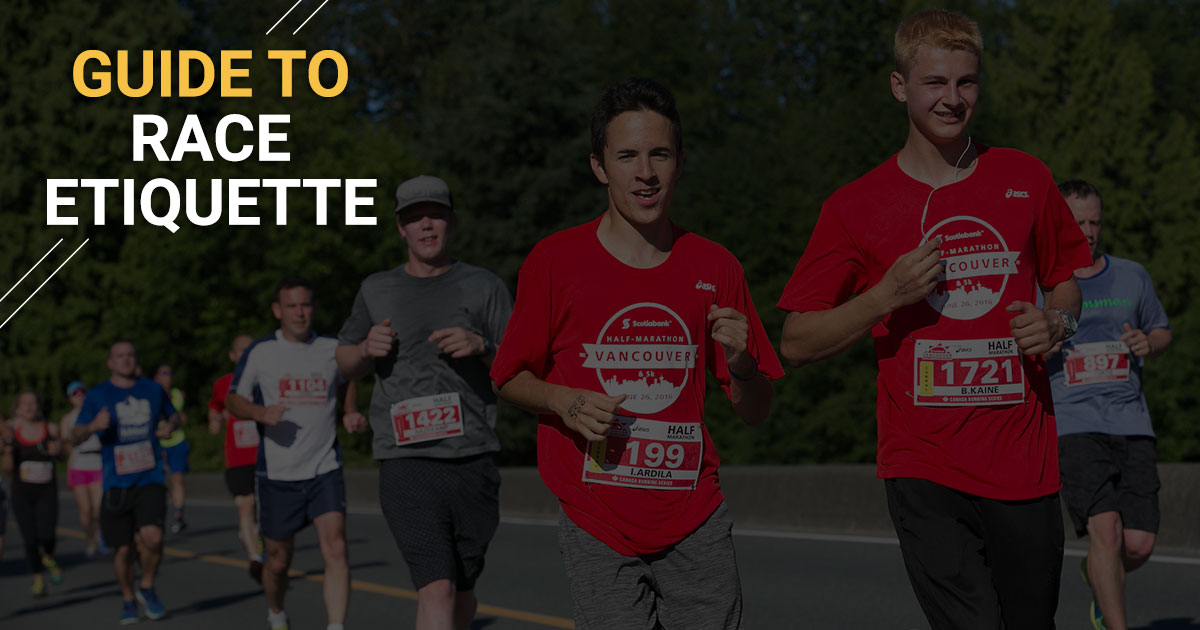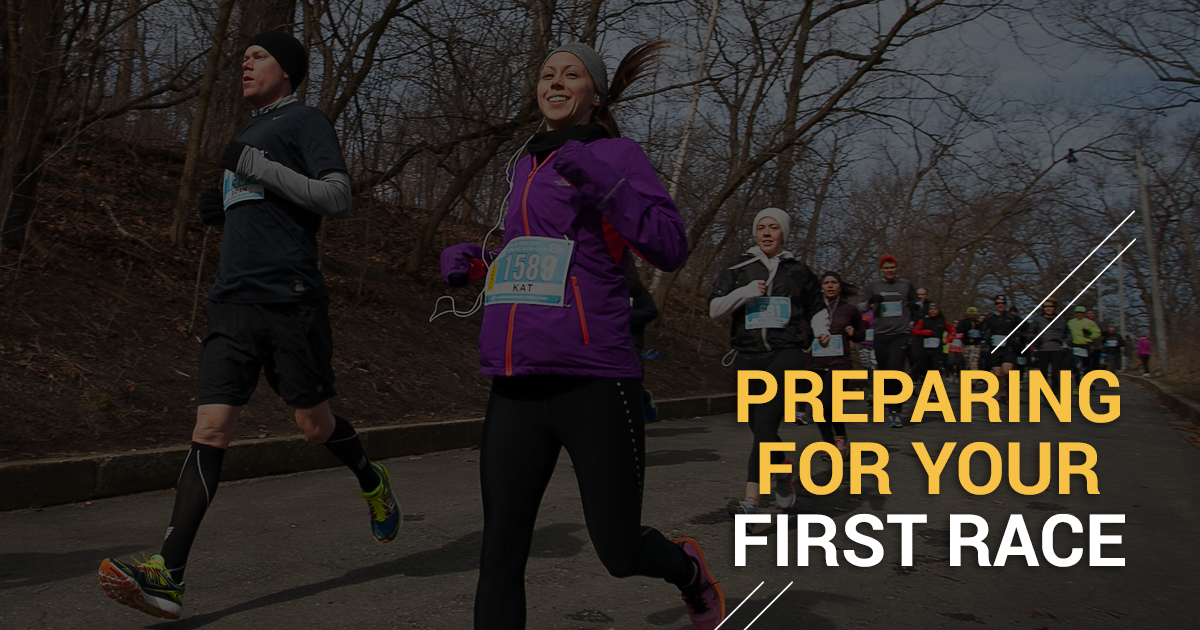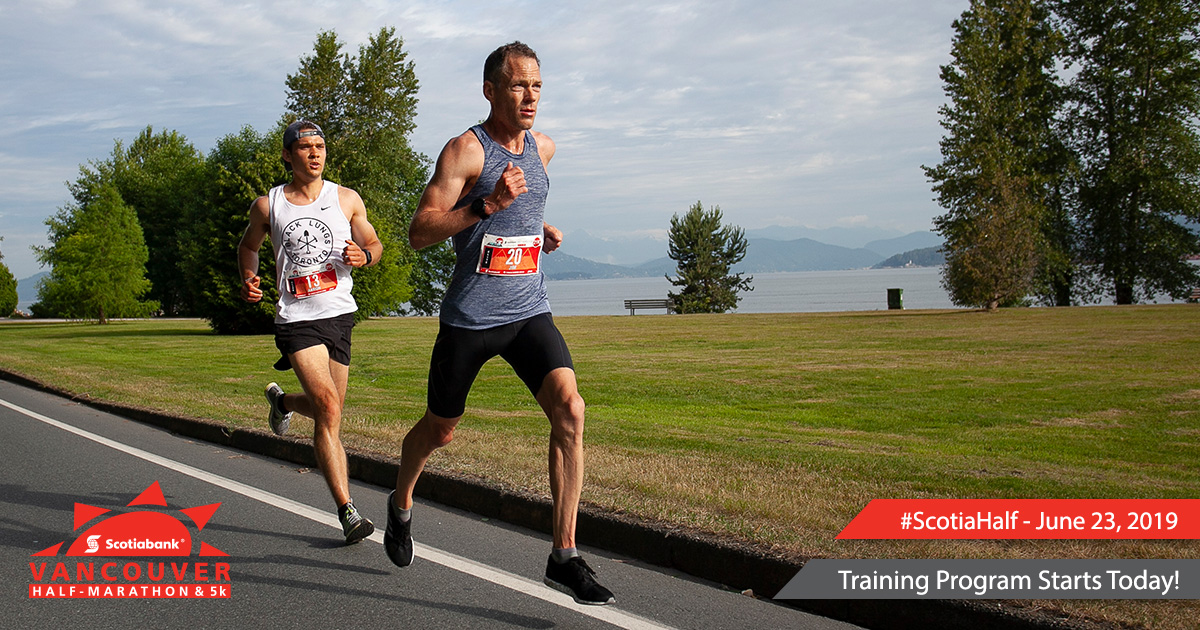
Before we get started…let’s meet the Coach!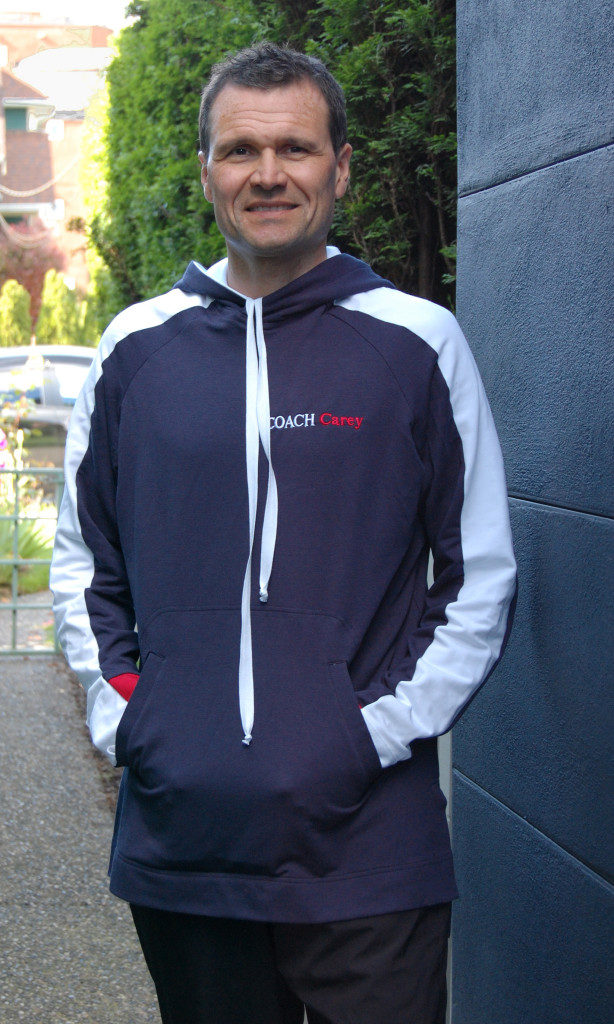
Coach Carey Nelson has made a name for himself as one of Canada’s most distinguished long distance runners with personal best times of 2:12 Marathon, 1:03 Half Marathon, 28:04 10,000m, 13:29 5,000m, and 3:58 Mile. He is a two-time Olympian and has also competed in the Pan-Am Games, the Commonwealth Games, and the World Track and Field Championships. Carey leads the Forerunners Main Street running clinics. He has coached over 1000 half and full marathon runners and more than 100 Boston Marathon qualifiers…he will help you reach your goals. Visit him at Forerunners Main Street for Monday evenings, Wednesday evenings, Thursday evenings, and Saturday morning clinics.
COACH CAREY’S BLOG V.1
Happy New Year!
It’s time to set your goals for 2019. You will want to add the Scotia Half Marathon to your list of races this year. I ran the race last year and found the course quite fast as it started up at UBC and finished down at the entrance to Stanley Park. If you pace yourself in the first quarter of the race you can run quite fast on this course.
Forerunners running programs has brought many runners to the race over the past 20 years and once again, we have prepared a running schedule to get you ready to run a half marathon…whether your goal is to get a PB or just hit that finish line.
The first of our programs (The Finishers Training) was designed for those of you running your First Half Marathon or have a goal to finish the race. There are two easy pace runs and one speed work per week. If you want to run with others to help get you through the workouts, we host a Wednesday “Speed Interval” clinic at 6:20pm and a Saturday “Easy Pace” run at 8:00am. You don’t have to worry about the word speed as we have several pace groups and you can run at your own pace.
Our second program (The Run Faster Training) was designed with crushing your Personal Best and building up your speed throughout the 24 week schedule. We include event specific half marathon tempo workouts that will raise your fitness to the next level. We also offer a separate Monday evening Tempo Clinic starting at 6:15pm from Forerunners Main Street. The tempo workouts is where you will find the most improvement after you have established your aerobic endurance base through easy pace running.
Over the 24 week training program, I recommend that you run up to three shorter distance races to give you some race experience, secondary goals to keep you focused and your race results will give you an idea of how fast you can race the #ScotiaHalf by equivalency tables. For example, a 54 minute 10km is equivalent to a 2 hour half marathon.
In general, we follow a three run per week program to reduce the risk of injury but there are other factors to consider when starting out on a running program to help with injury prevention:
-
Footwear – you will want to have a proper fitting shoe that corresponds to your foot type and running style;
-
Strength – follow a weekly strength program that considers the running muscle groups and core;
-
Flexibility – to improve flexibility stretch after every run or after a warm-up before a speed workout; and,
-
Nutrition – practice using a gel fuel source while running to become used to taking on carbohydrates while running.
We wish you a good start to the new year and a successful race at the Scotiabank Vancouver Half Marathon. We are here to help you achieve your goals!



